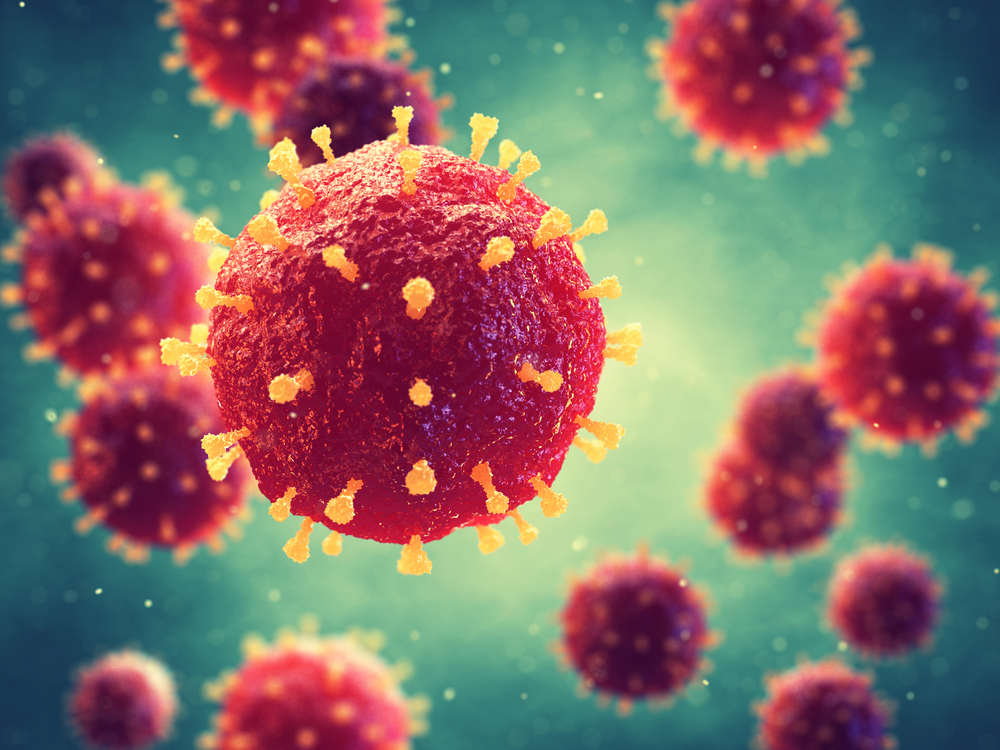Antimicrobial Traps in AAV Patients Differ From Those With SLE, Study Says
Written by |

The formation, composition, and structure of antimicrobial traps in ANCA-associated vasculitis (AAV) patients are markedly different from those with systemic lupus erythematosus (SLE), a study says.
The findings of the study, “Neutrophil extracellular trap formation is intrinsically distinct in ANCA‐associated vasculitis and systemic lupus erythematosus,” were published in Arthritis & Rheumatology.
AAV and SLE are two types of autoimmune disorders characterized by the production of autoantibodies that attack the body in different ways.
“Recently, a growing body of evidence confer an important role to neutrophil extracellular traps (NETs) in the pathogenesis [development] of both AAV and SLE,” the researchers wrote.
NETs are made up of a web-like network of DNA and antimicrobial proteins produced by activated neutrophils — the most common type of white blood cells that are part of the innate immune system (general immune response against pathogens).
Normally, NETs capture and kill microbes, after which they are destroyed. However, in patients with autoimmune disorders, including AAV and SLE, these antimicrobial traps are abnormal and actively contribute to the development and maintenance of autoimmunity.
“In clinical studies, we and others have demonstrated that excessive NET formation or impaired NET degradation was present both in active AAV patients, as well as in severe SLE patients, which correlated with disease severity and activity,” the investigators wrote.
“However, as both diseases are divergent clinical and histological entities, we hypothesized that excessive NET formation should have a different pathophysiologic [mechanism of disease development] role in each disease,” they added.
To test that hypothesis, a team of researchers from Leiden University Medical Center in the Netherlands set out to characterize and compare the formation and properties of NETs associated with both disorders.
To that end, the investigators induced the formation of AAV and SLE NETs by exposing healthy neutrophils to serum that had been isolated from 80 AAV patients and 59 SLE patients.
First they observed that, as expected, both AAV and SLE sera led to an excessive formation of NETs, compared with sera isolated from healthy individuals (controls).
“Additionally, excessive NET formation was significantly higher for AAV compared to SLE. The quantitative difference of AAV- and SLE-induced NET formation was associated with a different morphological appearance,” the investigators wrote.
Live-imaging experiments also revealed the appearance of NETs changed over time in different ways in both disorders: in AAV NETs, neutrophils ruptured and released toxic substances over the course of one to two hours, while in SLE NETs, neutrophils grouped together within a few minutes and released toxic substances without rupturing.
Interestingly, the researchers also found that while SLE autoantibodies were sufficient to stimulate the formation of SLE NETs, the formation of AAV NETs did not require the presence of ANCA autoantibodies.
Unlike SLE NETs, the formation of AAV NETs relied on the presence of reactive oxygen species (toxic substances created by oxidative stress) and peptidyl‐arginine‐deaminases — enzymes that replace the amino acid (the building blocks of proteins) arginine for citrulline and whose overactivity has been linked to several autoimmune diseases, including rheumatoid arthritis, lupus, and multiple sclerosis.
“In conclusion, this study provides compelling support for the observation that NET formation in AAV and SLE are disease-specific processes with each encompassing their own unique properties and implications for the distinct pathophysiology of AAV and SLE,” the scientists wrote.
“These excessively formed NETs in AAV and SLE have distinct features and depend upon intrinsically distinct processes which implicate a unique role for NETs in each separate autoimmune disease. Therefore, the recognition of the diversity of NET formation in systemic autoimmune diseases have important implications when evaluating NET as a potential therapeutic target,” they added.





